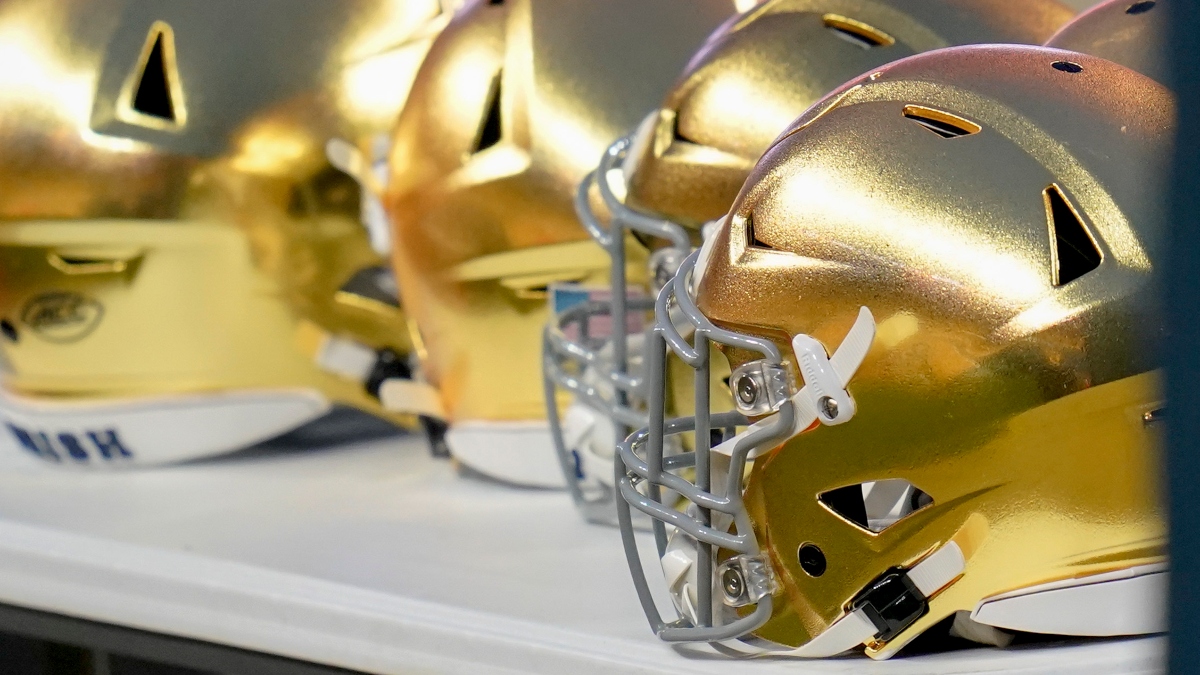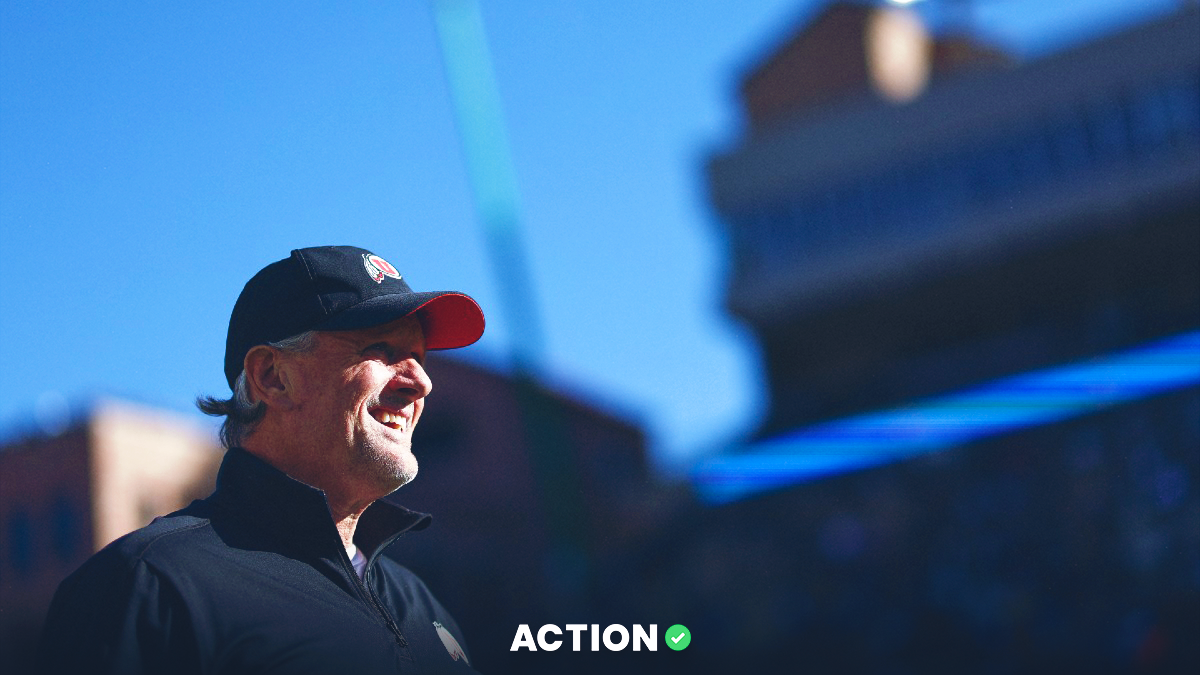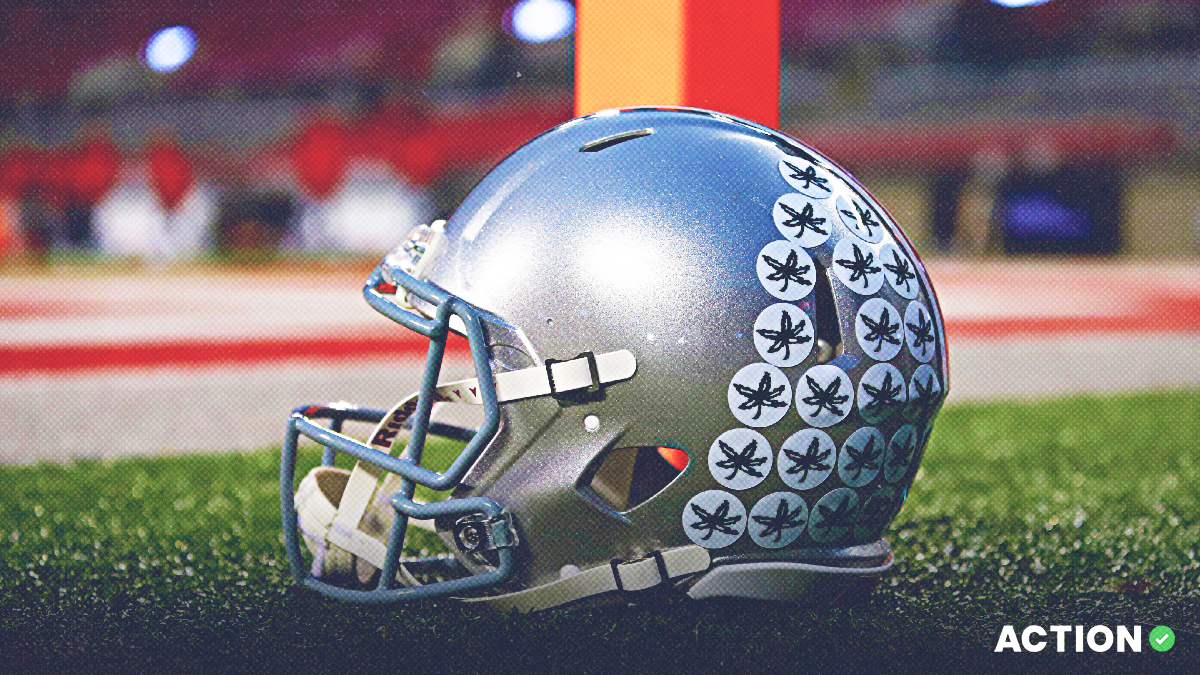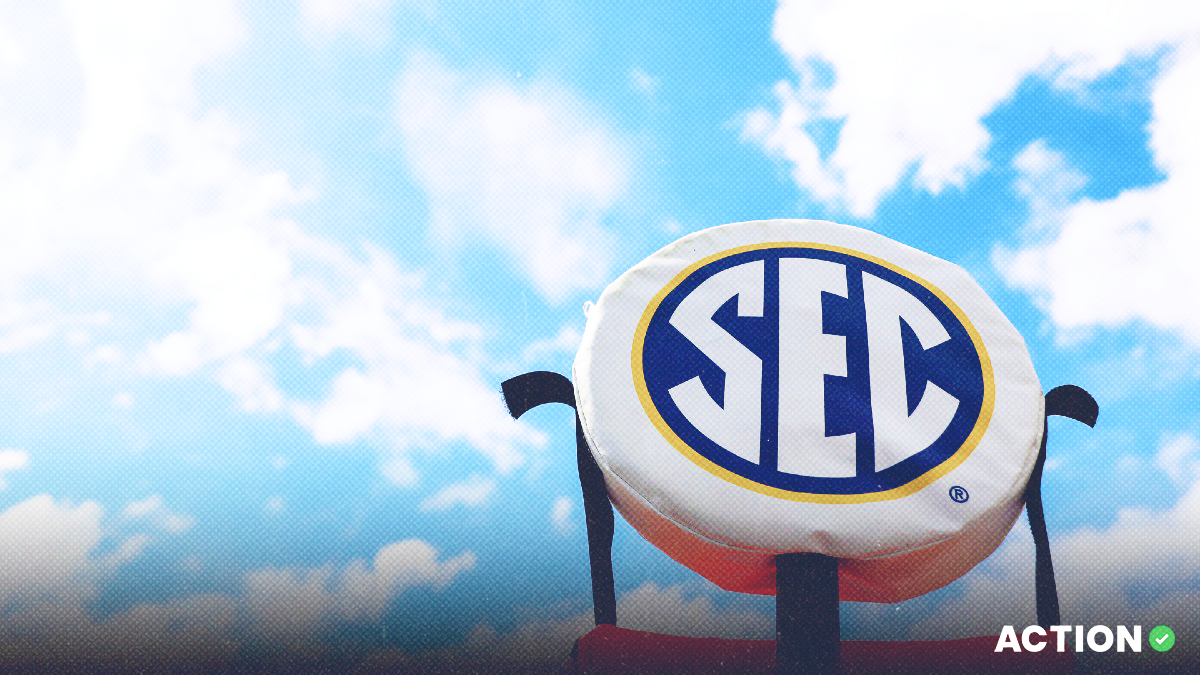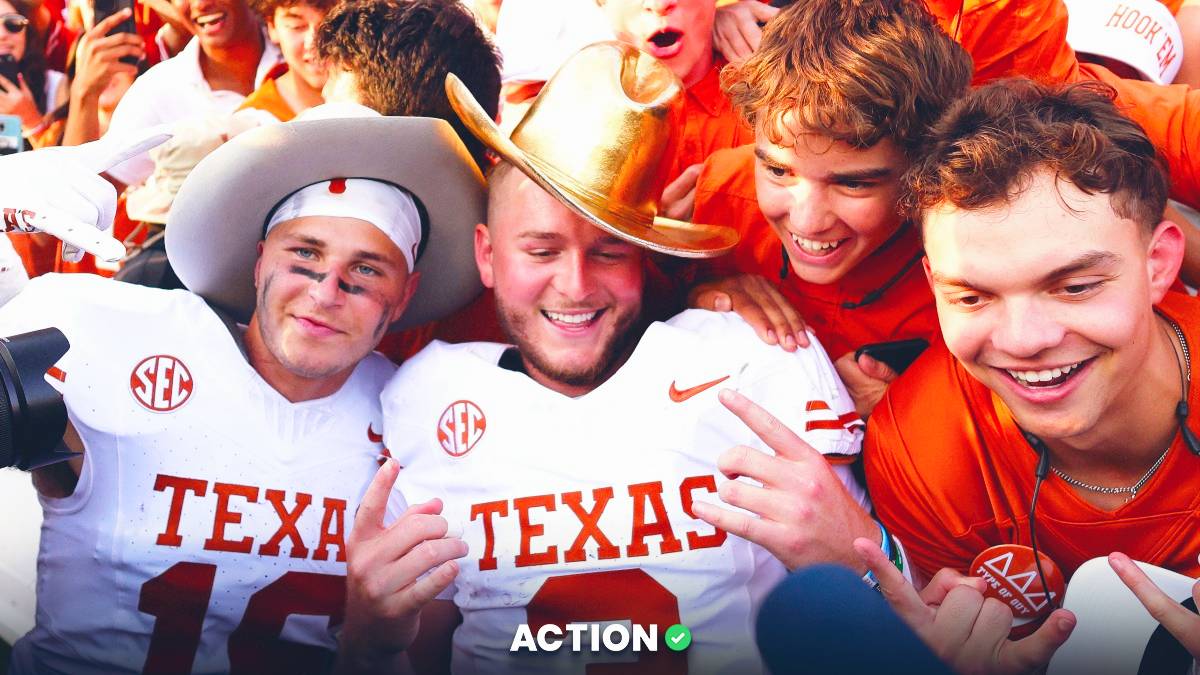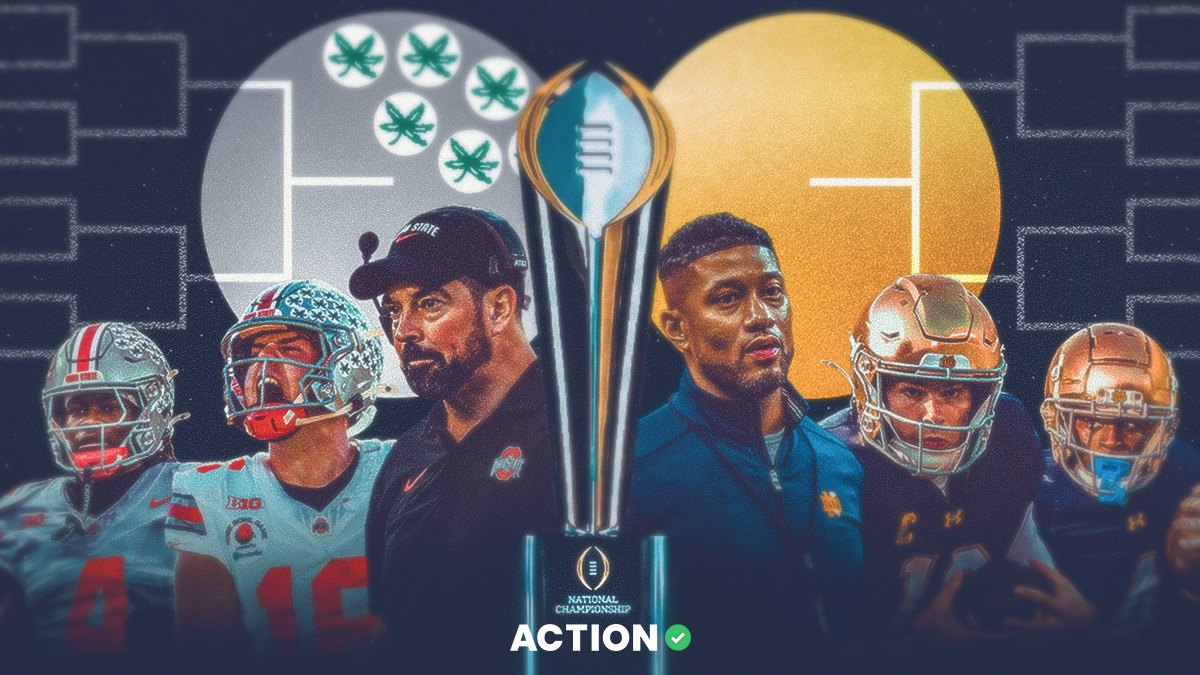Since July of last year, when name, image and likeness came to the forefront, there's always been confusion as to how much schools could be directly involved in deals.
The root cause was the NCAA — who due to the Alston restricted earnings decision — which was all-of-a-sudden, legally advised not to get in the business of regulating NIL. Executives in Indianapolis soon realized what a slippery slope that was.
Here was the NCAA, who had built their reason for existence on enforcement, nowhere to be found as athletes started to get paid by companies and boosters.
There has, to this day, been no "enforcement" by the NCAA on anything NIL-related. And proper clarification regarding what schools could do with these million dollar collectives — with everyone operating by their own state laws — had seemingly fallen on deaf ears.
That was until today, when the NCAA delivered new guidelines, which cleared up two of the most pressing issues surrounding NIL.
The first, more important NCAA provision was that schools could indeed ask donors to give money to a collective, although there is a stipulation that the school can't request that it be directed towards a certain sport or a certain athlete.
For what it's worth, the latter points will never be abided by. Collectives are very much being organized around certain sports and around certain athletes, but what this does is allow schools to have more transparent conversations with donors about where to direct their money.
The second important piece of guidance issued was that the NCAA now makes it clear: The onus of violating NIL rules falls on the institution, not the individual athlete.
The NCAA knows that in this NIL world, it simply does not have the capacity to oversee everything.
It also means that schools might risk mortgaging the future for the present if they think that getting caught will only result in sanctions to them and not to their best players.
There's plenty of things going on that will remain unmonitored — mainly inducements to schools despite the tacit instructions that it can't be done and the transfer portal serving as a new method of free agency.
But today's memo by the NCAA did clear up some gray areas that make it slightly easier for athletes and schools to navigate this crazy shift.


